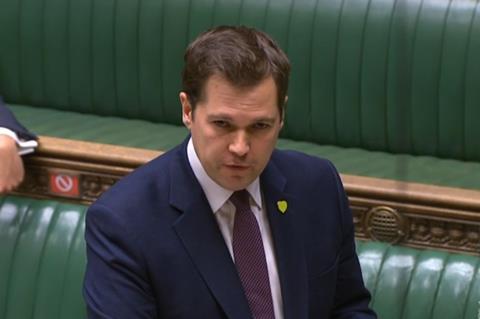Latest official data shows the fire safety assessments needed on more than a quarter of mid-rise flat valuations
The use of controversial EWS1 forms by mortgage lenders grew at the end of last year, despite former housing secretary Robert Jenrick claiming last summer to have secured agreement to end their use in mid-rise housing blocks.
Government data obtained from mortgage lenders, released this morning, shows that the fire safety assessments – used by lenders as part of their valuation of properties deemed at risk in the wake of the Grenfell fire – were required on 9% of all apartment transactions in the last quarter of the year, up from 7% the prior quarter.

The widespread and allegedly over-zealous requirement for EWS1 assessments has been blamed by many for the log jam affecting many would be buyers and sellers of apartments, who are unable to secure mortgages or valuations without them. The government estimates there are about 2.3 million homes, housing 4.3 million people, in blocks of 11m or higher.
Jenrick said in July that he had secured the backing of mortgage lenders including HSBC, Barclays and Lloyds for scrapping the requirement for EWS1 assessments on low and mid-rise buildings of up to 18m in height, after an expert panel commissioned by the government found there was no “systemic risk” of fire in smaller blocks.
>> How lenders are responding to the goverrnment’s EWS1 form announcement
>> When will the flat valuation blockage finally come to an end?
However, it later emerged that lenders’ backing for Jenrick’s move was provisional on RICS changing its guidance to valuers, and on the government withdrawing its Consolidated Advice Note on fire safety, something it only finally managed in January.
The RICS later rejected the government’s call to change its guidance, stating it had a responsibility to buyers to ensure they could be sure they didn’t purchase something that later became a liability.
The data published today shows that the biggest rise in the requirement for EWS1 assessments in the last quarter of the years was in exactly those buildings which Jenrick said he had secured the exemption from EWS1 assessments from. The figures showed that the proportion of valuations of flats in blocks of between 4-6 storeys in height (roughly equivalent to 11-18m) had risen from 23% in the July-September quarter, to 27% in the October-December quarter.
The requirement for EWS1 forms in the lowest buildings of up to four stories remained at just 2% in both quarters.
The data was released as the government also published the latest figures on efforts to repair ACM-clad flat blocks in the wake of the Grenfell Tower tragedy. The figures showed that final building control approval had been received confirming completion to works on 20 blocks in January, with physical repair works coming to an end on a further 15 blocks.
See also: Gove plans law to order regular reviews of RICS’ governance











No comments yet